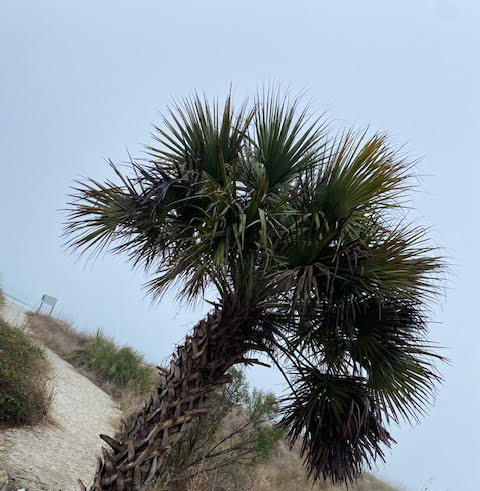
William Bergquist, Ph.D. and Kevin Weitz, Psy.D.
[Note: the content of this essay has been included in a recently published book called The Crises of Expertise and Belief. This paperback book can be purchased by clicking on this link.]
A recent short work of nonfiction and a play. It involves the conflict between accurate facts and compelling narrative. A gifted senior writer, John D’Agata, has prepared a compelling story that holds to promise of influencing the readers of a major publication. A young, inexperienced college grad, Jim Fingal, is hired to provide some fact-checking of articles prepared by those writing “essays” for this magazine. The newly minted grad is given the initial assignment of fact-checking our esteemed writer. Many factual errors are discovered to the absolute dismay of the writer and the horror of the magazine’s editor.
The dilemma is framed. The battlefield has been identified. The warriors are ready to engage in a struggle regarding narrative versus fact. The editor is caught in the middle, seeking peace and resolution. Do we publish the essay as originally written or completely disrupt the compelling, lyrical narrative prepared by this gifted writer by making it more “factual.” The book and play are themselves compelling. They tell a wonderful story. Furthermore, this story is based on a real “factual” incident. And the story is being recounted by the two men who actually were the writer and fact-checker.
John D’Agata has this to say about his work and how he perceived the purpose of his writing (D’Agata and Fingal, 2021, pp. 107-108)
. . . [T]he more important thing to highlight here is the search for meaning. And an integral part of my search for that meaning is this attempt to reconstruct details in a way that makes them feel significant, even if that significance is one that doesn’t naturally occur in the event being described. And I know full well that by saying something like that I will make a lot of people uncomfortable, but this is what l believe the job of the artist is. I am seeking a truth here, but not necessarily accuracy. I think it’s very misleading for us to continue pretending that writers [purporting to convey a realistic story] have a mystically different relationship with “The Truth” than any other kind of writer. Because we don’t. What we do have . . . , is a compulsion for meanings, and so . . . we arrange things and we alter details and we influence interpretations as we pursue ideas.
Jim Fingal offers a rebuttal (D’Agata and fingal, 2012, p. 109):
Download Article 1K ClubI am . . . saying that there is “The Truth” and then there are localized “truths,” and then there are “soft facts,” and then there are “hard facts,” and I’m not sure why you seem intent on pretending that they’re all the same thing, that they’re all equally arbitrary, because they’re not.. . . . People feel like they’ve been trifled with if they discover they’ve been misled on that front. I mean, the whole point of all these shit storms over the last ten years that keep popping up every time someone finds out that a memoir was “embellished” isn’t that the reading public doesn’t understand that writers some times “use their imaginations_.” It’s about people searching for some sort of Truth that connects with how they feel about themselves and their place in the world, finding that Truth in a piece of writing that resonates with them deeply, and then being devastated when they find out that the thing they were inspired by turned out to be deliberately falsified, as in not just reinterpreted and poetically embellished, but explicitly falsified for seemingly self-aggrandizing purposes. And so they end up feeling alone in the world all over again.

















